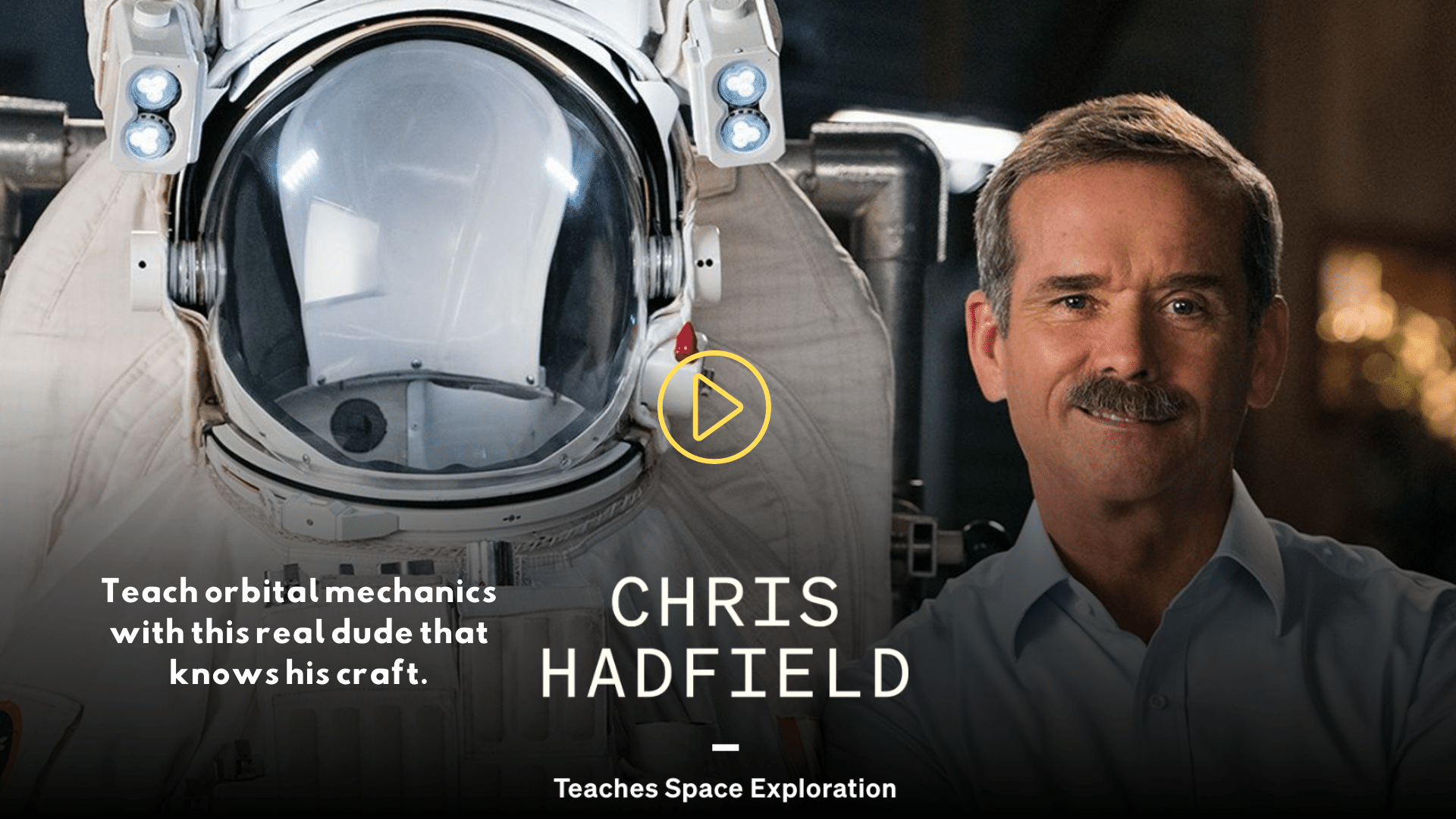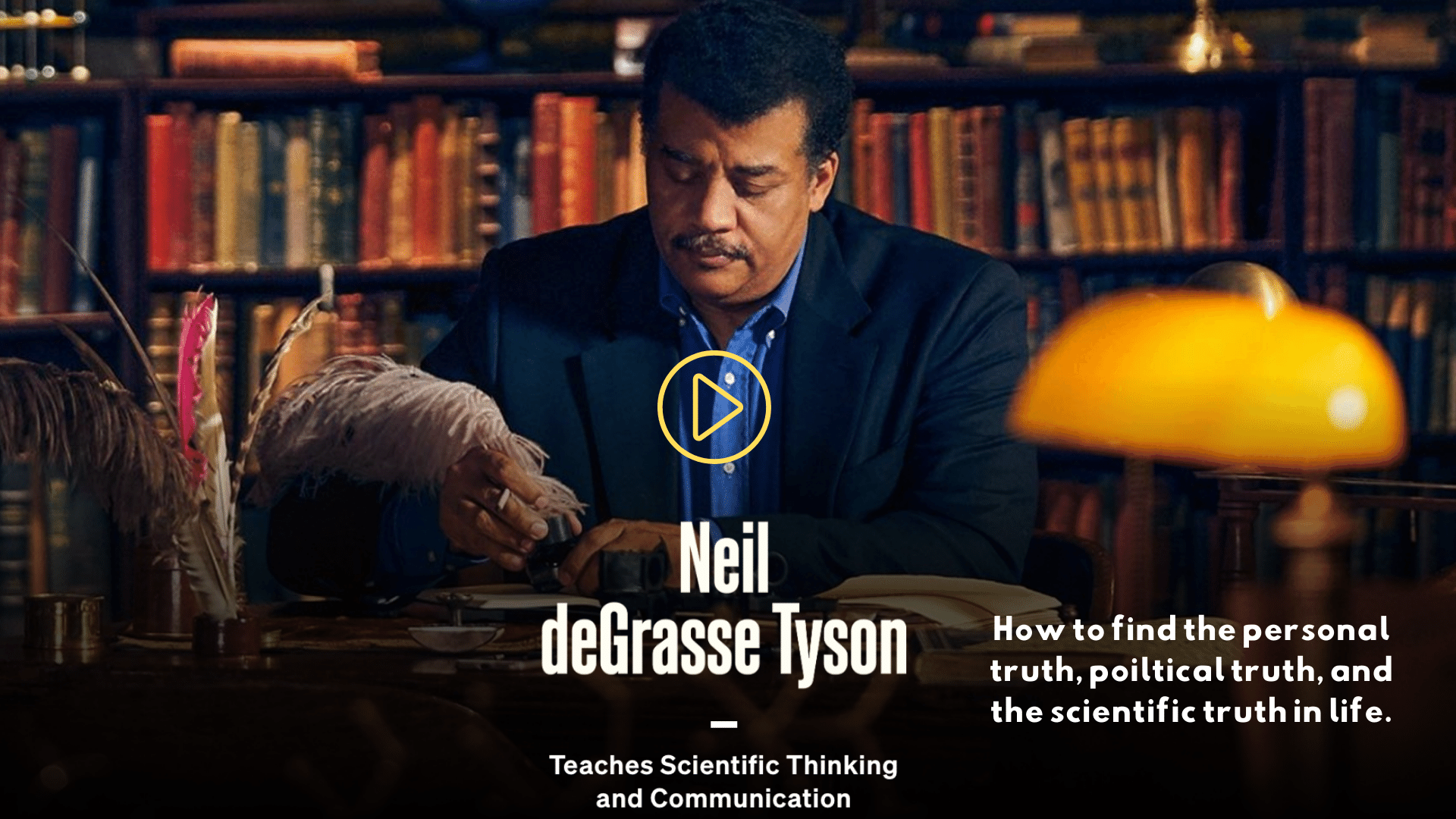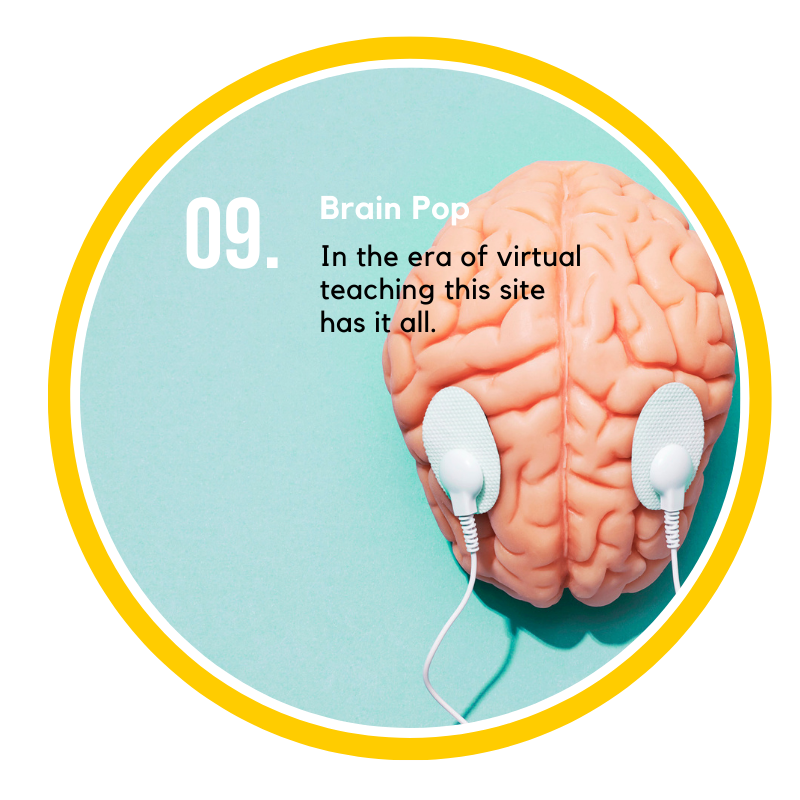
I am Teo and I teach middle school science in Colorado. In my 10+ years of teaching, I have made every single mistake in the book. I have taught an uninviting curriculum in a boring way, I have struggled with classroom management. And then I started to find my voice. OBUNTU is an attempt to share the ideas that I found to always work while keeping students engaged and teaching 21st century skills. Sharing is the spirit of OBUNTU ( an african word that means “my humanity is intrinsically bound to yours” or “I am because WE are “) and I hope you will also want to share some of those tried and true ideas that inspire middle school science students.
My journey started in Romania, a country that found its democratic path after 40 years of communism. Even though I lived in the biggest city, I found myself almost every weekend working on my grandparents’ farm often times as a shepherd. It is then that I developed a love for nature and science. I always wanted to explore new places outside the confines of my country. That desire brought me to Colorado where I taught outdoor education. I always wanted to know more and that led to several outdoor educator courses in Alaska and the Tetons. I loved hands-on education and that brought me to leading adventure and service learning programs in the unique Galapagos Islands and Ecuador. My adventure continues as a middle school science teacher who wants to bring science to life and inspire positive change.
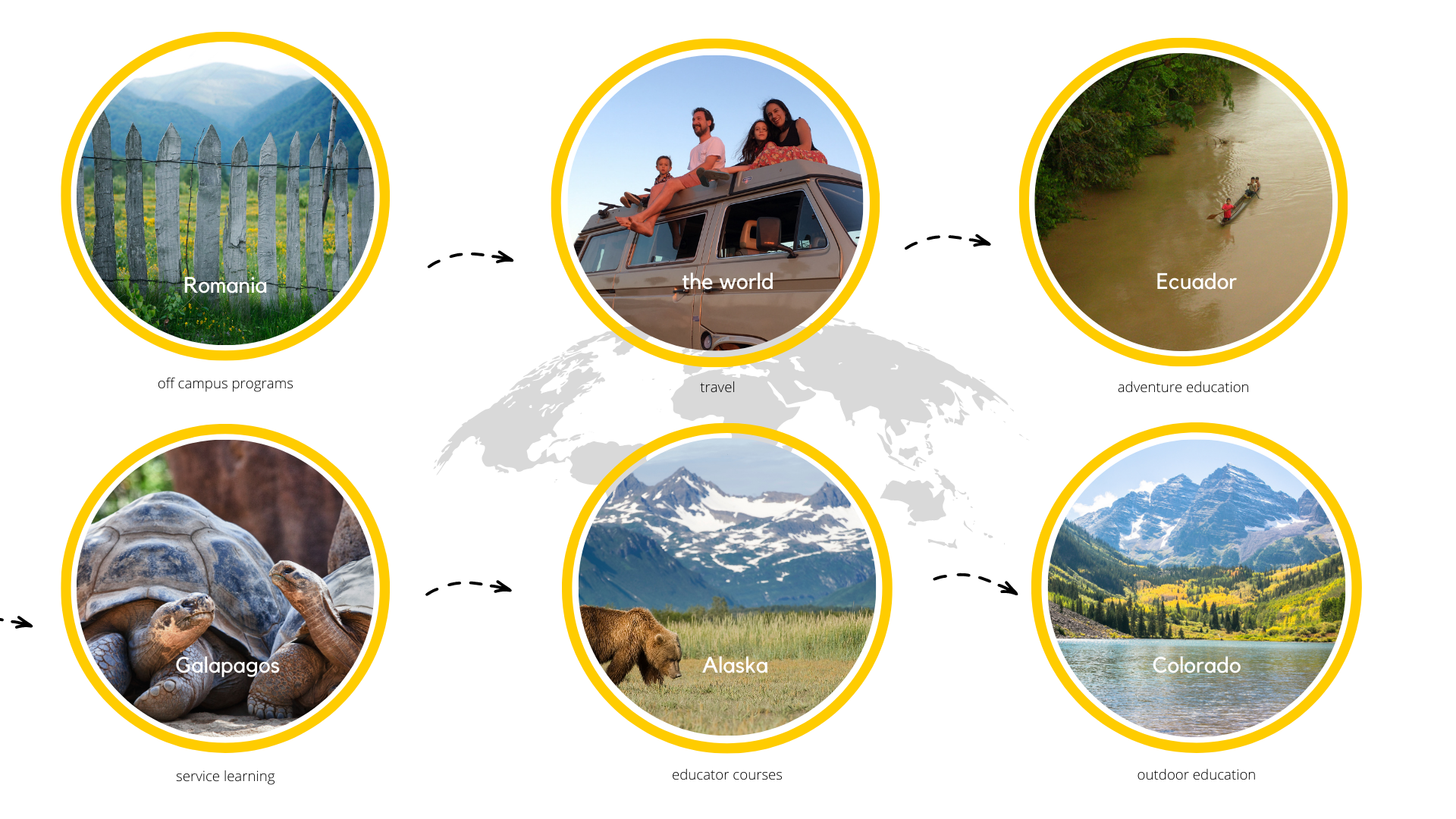
What is Obuntu?
The story of Obuntu ( Ubuntu) starts in Africa. An anthropologist proposed a game to the kids in an African tribe. He put a basket full of fruit near a tree and told them that whoever got there first won the first fruits. When he gave them the signal to run, they all took each other’s hands and ran together, then sat in a circle, enjoying their treats. How can we incorporate this philosphy into our classroom?

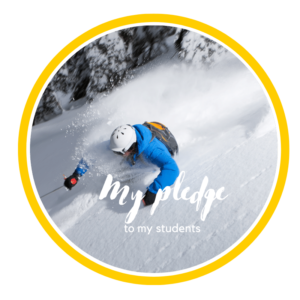 Commitment first. Expectations later.
Commitment first. Expectations later.
In my 10 + years of teaching, I have made every single mistake in the book. I have taught boring lessons and engaged in power struggles that were lose lose. So often, at the beginning of the school year, we, teachers seem to be so focused on setting expectations. Students move from class to class and listen to teacher demands and classroom rules. Recently I started to flip that narrative. Instead of telling students what my expectations are, I presented them with my commitment to them. Here is what I pledge to them at the beginning of every year: I am committed to being your best science teacher, to loving and respecting you, to working hard for you and holding you accountable. I am committed to asking for forgiveness and offering forgiveness. I am commited to always being here for you.
Orbital mechanics
Take your physics instruction to another level. In this masterclass, Chris, the commander of the International Space station, teaches students what it takes to explore space and how will our lives will be forever changed once we explore the final frontier. He teaches anything and everything about orbital mechanics with engaging stories and inspiring concepts. I love lsitening to his videos with my students and pushing our understanding to a deeper knowledge and appreciation.
The Art Of Negociation
What did I learn from an FBI hoostage negociator? A lot! This masterclass has a lot to teach about mirroring and labeling, genuine empathy and mirror neurons, body language, the value of “no” and powerful negociation techniques I could use with students and adults alike. And this is not manipulation, These techniques are based in authentic connection. Some of this could be easily shared with students in direct applications to real life.
How to find Truth
In this engaging masterclass, Neil teaches how to think like a skeptic, how to open our minds through scientific literacy, distill data, and navigate bias to discover objective truth. He explains the difference between personal, political, and objective truth and teaches students how to deliver their ideas in ways that engage, excite, and inspire.








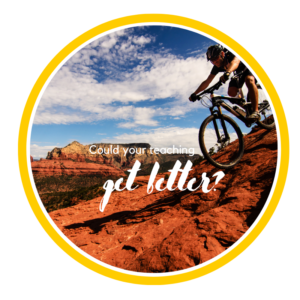 Could your teaching get any better?
Could your teaching get any better? 